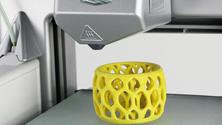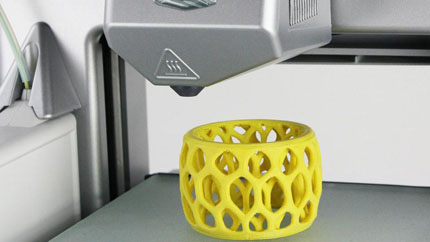3D Printing Leads to Rapid Advances in Bioengineering

2013 is turning out to be the year of 3D printing, from Staples starting to sell 3D-printers to the world’s first 3D printed gun being test fired. 3D printing is also making significant inroads into life sciences with scientists reporting success in creating bioengineered organs and achieving triumph in their transplantation.
Organovo, a San Diego based regenerative medicine company reported success in creating human liver tissue using its proprietary NovoGen bioprinter technology that shows the same characteristics as a functional human liver. The liver fabricated on 20 cell thick cellular matrix produced drug metabolizing enzymes, toxins and cholesterol. By next year Organovo is set to market this 3D produced tissue for testing drug toxicity, a market which is currently owned by Life Technologies and BD Biosciences.
Researchers at Princeton reported another impressive and astounding achievement; they were successful in creating the world first 3D printed bionic ear. This ear, apart from replacing a normal human ear has also the multitasking capability to pick up radiowaves in stereo. The ear was printed using a technique called 3D microdroplet printing where calf cells and hydrogel matrix that formed the ear cartilage, and silver formed the embedded antenna coil. The researchers are also planning to be able to detect acoustic energy directly using other built in sensors.
Recently scientists at the Harvard Medical School and Massachusetts General Hospital have also reported success in transplanting a bioengineered kidney into a rat. The kidney manufactured on 3D-printing principles was created using the extracellular matrix of a stripped off rat kidney, which acted as a scaffold. This matrix was repopulated with neonatal rat cell and human red blood cells to form the kidney that was reinserted in the rat.
Although these achievements are far from something that can be used in humans, these discoveries give scientists further confidence that we are one step closer to 3D printed organs for humans’ custom made on demand with custom functionalities.


